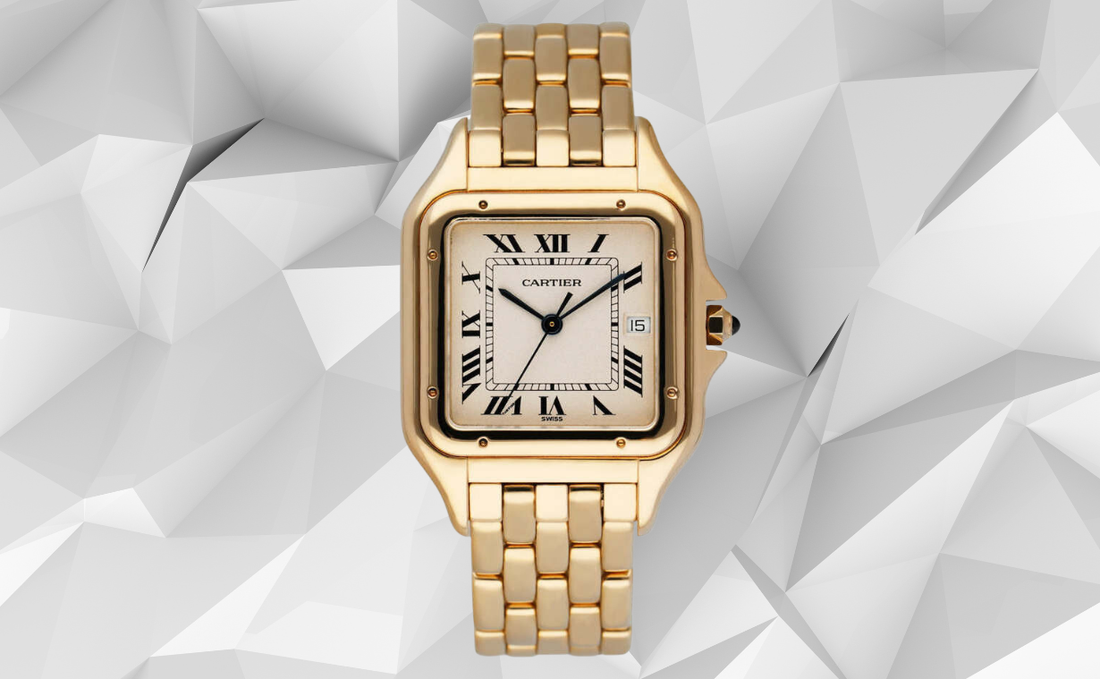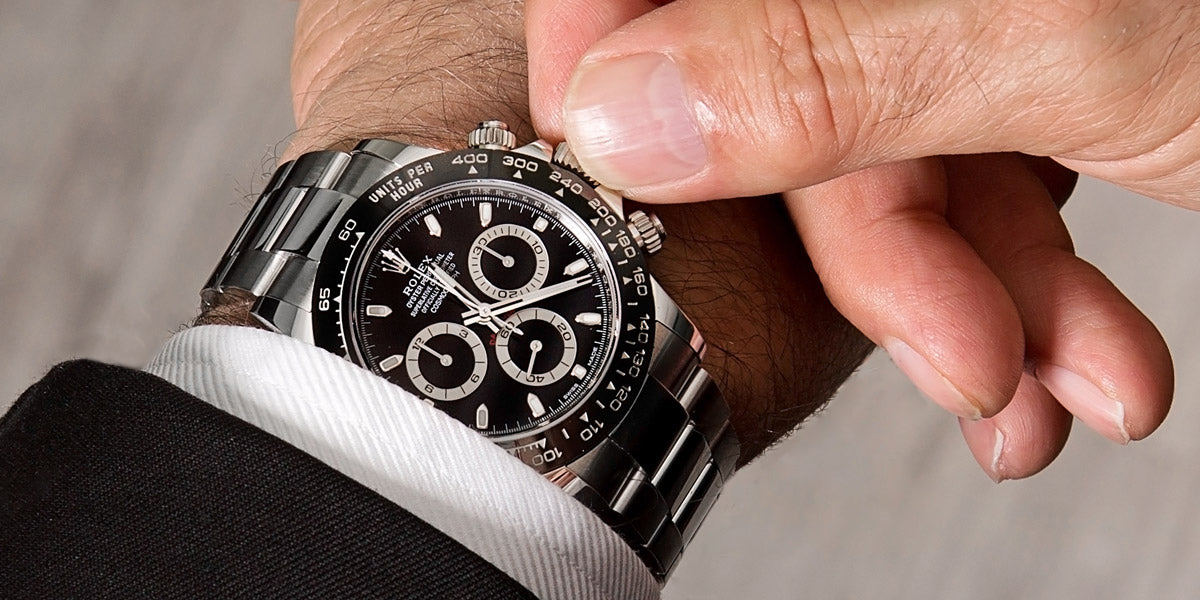There's nothing quite like a successful comeback, and this year, all eyes are on Cartier. In the period from 2016 to 2018, the Swiss Richemont Group, the parent company of Cartier, undertook an extensive buyback initiative, reclaiming over $500 million worth of stock from retailers. This strategic move aimed to safeguard the brand's value and prevent steep discounts on stagnant inventory. Today, Cartier consistently secures a spot among the top three brands in global luxury watch sales, trailing only behind Rolex and recently surpassing Omega. The transformation of Cartier's fortunes is a captivating tale, driven by various factors, including the demand for vintage watches, the resurgence of nostalgic fashion trends, and the unexpectedly robust luxury market. Let's delve deeper into the remarkable resurgence of Cartier.
Why Did Cartier Buy Back Watches?
Cartier embarked on the significant endeavor of buying back watches due to a decline in global sales of luxury items. The Richemont Group initiated this multi-million-dollar buyback policy in response to a 4% drop in shares in 2016 and a substantial decline in company profits. Various factors contributed to this downturn, including unsafe travel conditions for tourists visiting top luxury shopping destinations like Paris.
Furthermore, China, once a major importer of luxury goods, had tightened regulations on government corruption, discouraging the practice of officials receiving extravagant gifts such as Cartier watches. This shift in policy led to an overflow of inventory on store shelves in many European and Chinese locations. Instead of leaving their stock and brand image vulnerable in the secondary market, Cartier chose to repurchase excess inventory and recycle certain watch parts.
Preceding a Resurgent Comeback
The impact of the buyback became apparent in 2018, marked by a sharp decline in stocks and a substantial profit loss reported by the Richemont Group, stemming from the substantial investment in reclaiming excess inventory. Simultaneously, the luxury market was undergoing a resurgence, and Cartier positioned itself for future success by clearing out stagnant inventory. The brand also implemented a new sales strategy, redirecting more attention and resources toward e-commerce. This strategic shift proved fortuitous, coinciding with a surge in sales for luxury goods in the aftermath of the global pandemic a few years later. The increased prevalence of online spending, speculated to be fueled in part by a surplus of disposable income during lockdowns, further contributed to Cartier's success. By the close of 2021, Cartier reported an impressive 30% surge in sales. With the Cartier buyback now firmly in the past, the brand can concentrate on its current product lineup.
The 90s Fashion Revival
During the 1990s, Cartier emerged as a prominent watch brand, with its iconic models like the Tank Française and Panthère adorning the wrists of numerous celebrities, including Madonna, Pierce Brosnan, and Keith Richards. The distinctive aesthetic of that era continues to influence Cartier's contemporary collection.
The geometrically shaped cases and striking Roman numeral hour markers from Cartier's past have now become synonymous with 90s watch fashion, experiencing a notable resurgence in the fashion industry. The clothing sector's embrace of the unique charm of the 90s and 00s further contributes to Cartier's remarkable comeback.
Cartier's Prime Position
Fast forward to 2023. Despite recent global economic uncertainties and a widespread reduction in spending on non-essential items, luxury brands, including Cartier, have not only weathered the storm but thrived. Cartier's current estimated worth surpasses $12 billion. This intriguing trend can be partially attributed to consumers viewing their watch purchases as solid, long-term investments. This perspective isn't unfounded, as numerous reports indicate that luxury watches consistently outperform the S&P 500.
Evolution in Watch Preferences
So, what's the current landscape of watch trends? When the Cartier buyback policy was initiated in 2016, stainless steel sports watches dominated the scene, buoyed by the cost-effectiveness of steel and blockbuster releases like the inaugural ceramic bezel Daytona ref. 116500. Concurrently, major players in the watchmaking industry were embracing the surging interest in vintage and heritage watches, sparking an intriguing sartorial shift: a resurgence of men opting for smaller watches. Cartier finds itself at the epicenter of this movement, offering some of the most visually appealing smaller-sized men's watches on the market. From the timeless Cartier Tank Louis, boasting a relatively slender profile at 33.7mm x 25.5mm x 6.6mm for the largest current-production mechanical model, to the streamlined Américaine with its elongated rectangular case. The understated Tank Must line has also emerged as a successful sales choice for both men and women within the Cartier repertoire.
The Richemont Group took a gamble with its buyback program, investing hundreds of millions of dollars. In the end, the Cartier buyback, though costly, justified itself by successfully safeguarding the brand's perceived value. With this strategic move, the company seems poised for sustained success, provided they maintain a commitment to releasing high-quality products—and the resurgence of retro 90s fashion trends has only added to their favorable position.




